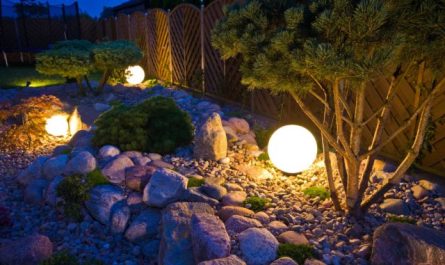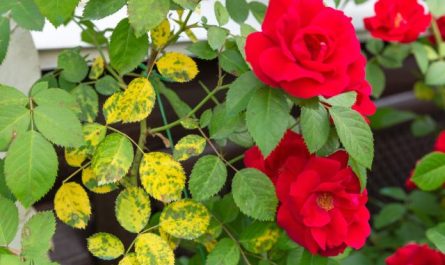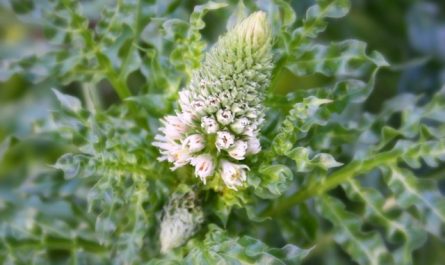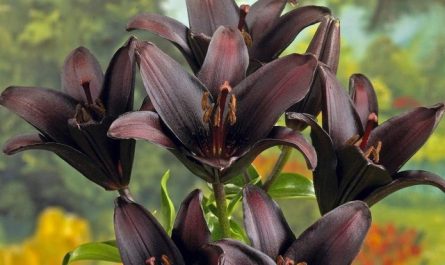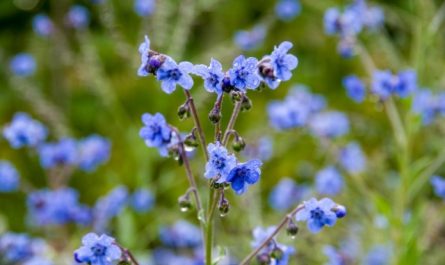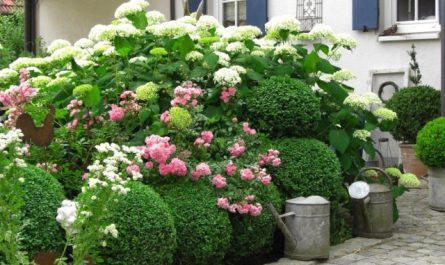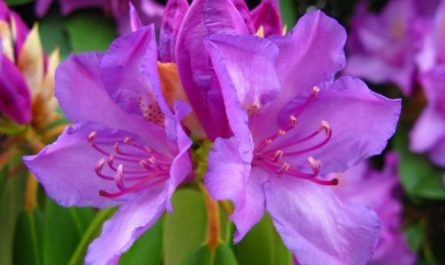Birch is probably the most beautiful tree in our region. A lone birch tree standing in a field is beautiful, as are several trees on the edge of a forest, and a birch grove. It is not without reason that it is glorified in poems and songs, and it is not without reason that artists love to paint it. This tree is a symbol of the modest beauty of Russian nature.

© Orcaborealis
For many ancient peoples, the birch tree symbolized the radiance of purity, femininity, and light, while the ancient Scots associated it with death. The Druids decorated their homes with birch branches in the first month of the year, from December 24 to January 21, and the ancient Romans celebrated the accession to power of a new consul with birch branches.
Many centuries ago there was a festival of the sacred May tree growing in a sacred grove. The tree was solemnly carried to the village, believing that each of its branches was inhabited by a powerful deity, who was worshiped and expected to be blessed by him. The festival of the May tree was accompanied by songs and dances. In England, they would look for a larger birch tree for such an occasion, transport it with 20 or even 40 pairs of oxen, and a procession of 300 people would accompany them to the village. The tree was erected in the square, colorful scarves were tied to its top and people would dance around it. Merry groups of mummers would go from house to house collecting gifts. In Germany, during the festival of the May tree, they would organize games – they would steal someone else’s tree and erect it as a trophy. And in Russia, in the Pinsk district, they would choose the most beautiful girl on this day, decorate her with birch branches and carry her around the village. After the baptism of Rus, the custom of decorating homes with birch branches remained on the last Thursday before Trinity, one of the main Christian holidays.

© TeunSpanish
It should be added, however, that good spirits did not always live in birches. The ancient Komi had legends about “naughty” birches, in which an evil spirit lived and did various nasty things to people. Such a tree had to be appeased, so sacrifices were made to it. The Latvians, for example, treated the stumps left after felling.
Birch was called “the tree of four things”: the first thing was to illuminate the world, the second was to calm the cries, the third was to maintain cleanliness, and the fourth was to heal the sick. And there was also the famous “birch porridge”, which many careless students tried. According to one version, the scientific name of the birch “betulya” comes from the Latin “betuere”, which means “to beat, to chop”. According to another version, from the Celtic word “betu” – birch.
Many people love birch sap, not only a tasty drink, but also a medicine. It can only be taken from trees intended for felling. Otherwise, “birch trees are worth a penny, but you’ll destroy a ruble’s worth of forest.”

© Yongxinge


